Philadelphia Fed Bank President Patrick Harker expressed his support for raising interest rates above 5% and then assessing the impact on inflation. He noted yesterday, “I’m in the camp of getting up above 5 and then sitting there for a while.”
Harker acknowledged that recent inflation readings showed a slow disinflation process, which he described as “disappointing.” Despite this, he pointed out promising signs that Fed’s rate hikes are working.
He stated, “If we see inflation not budging, then I think we’ll have to take more action. But at this point, I don’t see why we would just continue to go up, up, up and then go, whoops! And then go down, down, down very quickly. Let’s sit there.”
Harker also emphasized the commitment to bringing inflation back down to the 2% target and highlighted that the full impact of monetary policy actions could take up to 18 months to work through the economy. He said, “We will continue to look closely at available data to determine what, if any, additional actions we may need to take.”




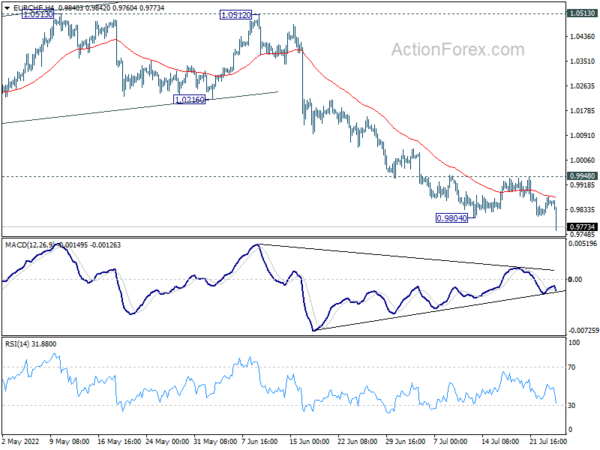
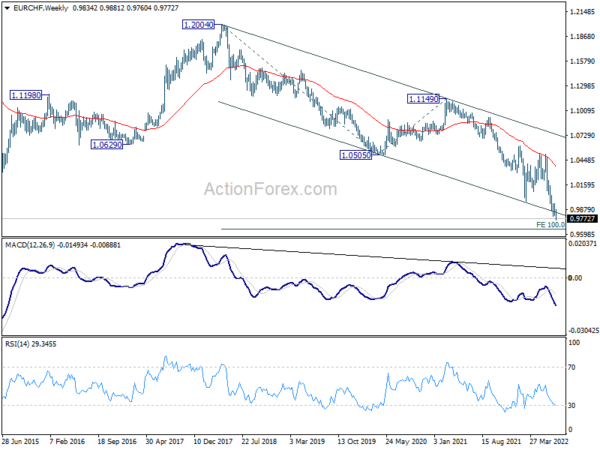
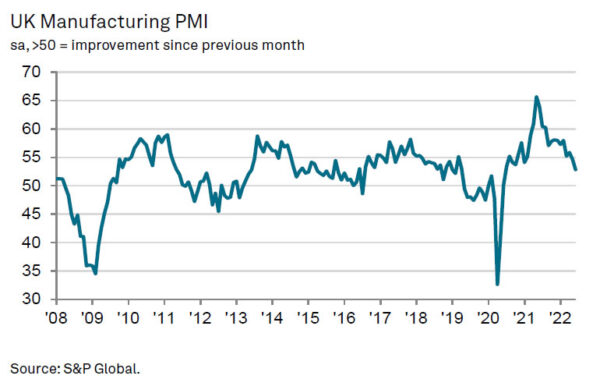
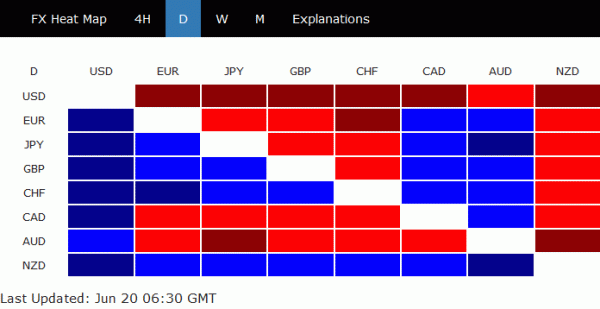
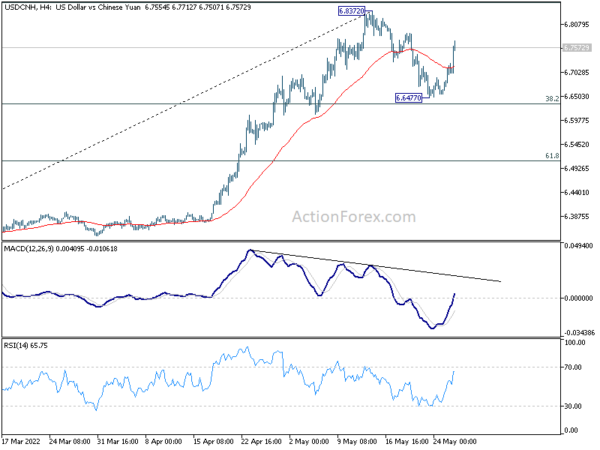
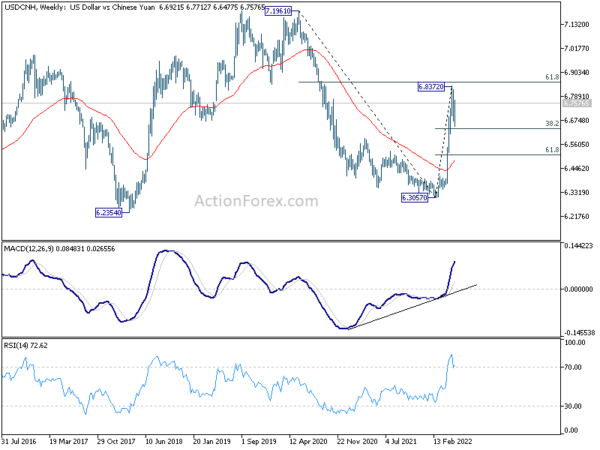
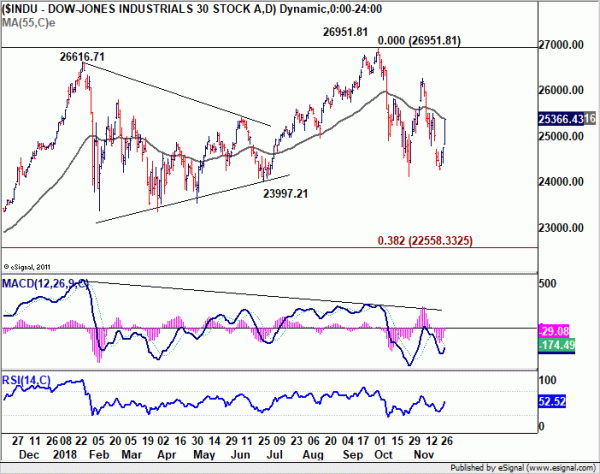
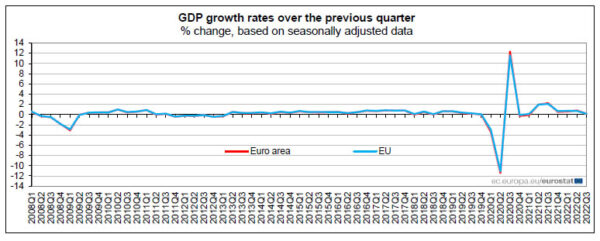
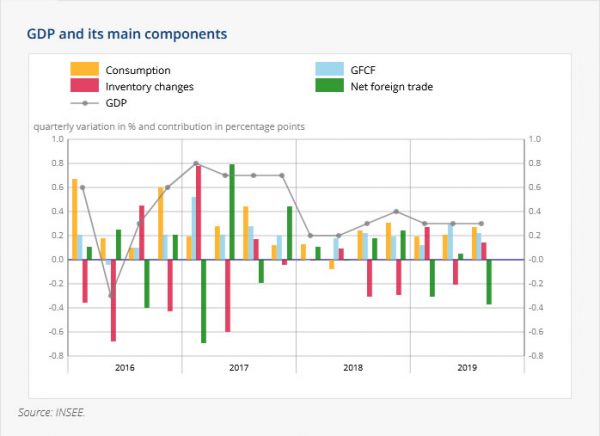
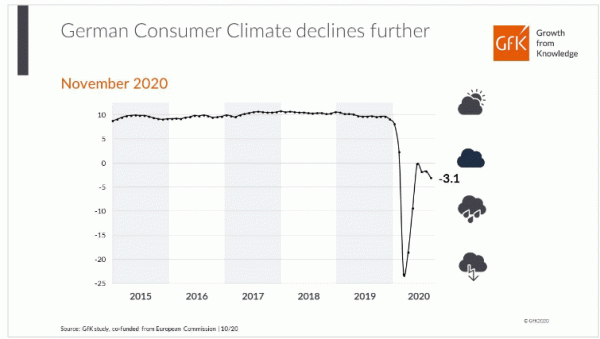
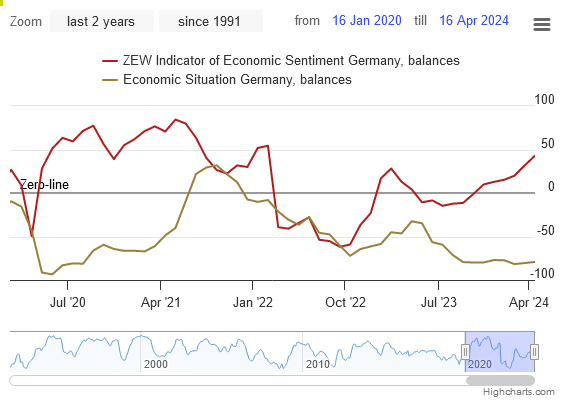


BoJ stands pat, notes supply side constraints
BoJ left monetary policy unchanged today. Under the yield curve control framework, short term policy interest rate is held at -0.10%. 10-year JGB yield target is kept at around 0%, without upper limit on bond purchases. The decision was made by 8-1 vote, with Goushi Kataoka dissenting as usual, pushing for strengthening easing. It also pledged to closely monitor the pandemic impact and “will not hesitate to take additional easing measures if necessary”.
Overall assessment on the economy was maintained as its has “picked up as a trend” but “remained in a severe situation” due to the pandemic home and abroad. But it noted that some exports and production have been “affected by supply-side constraints”. Weakness has been seen in some industries on business fixed investment. Employment and income “remained weak” while private consumption remained “stagnant”. Core CPI has been at around 0% and inflation expectations have been “more or less unchanged”.
Full statement here.